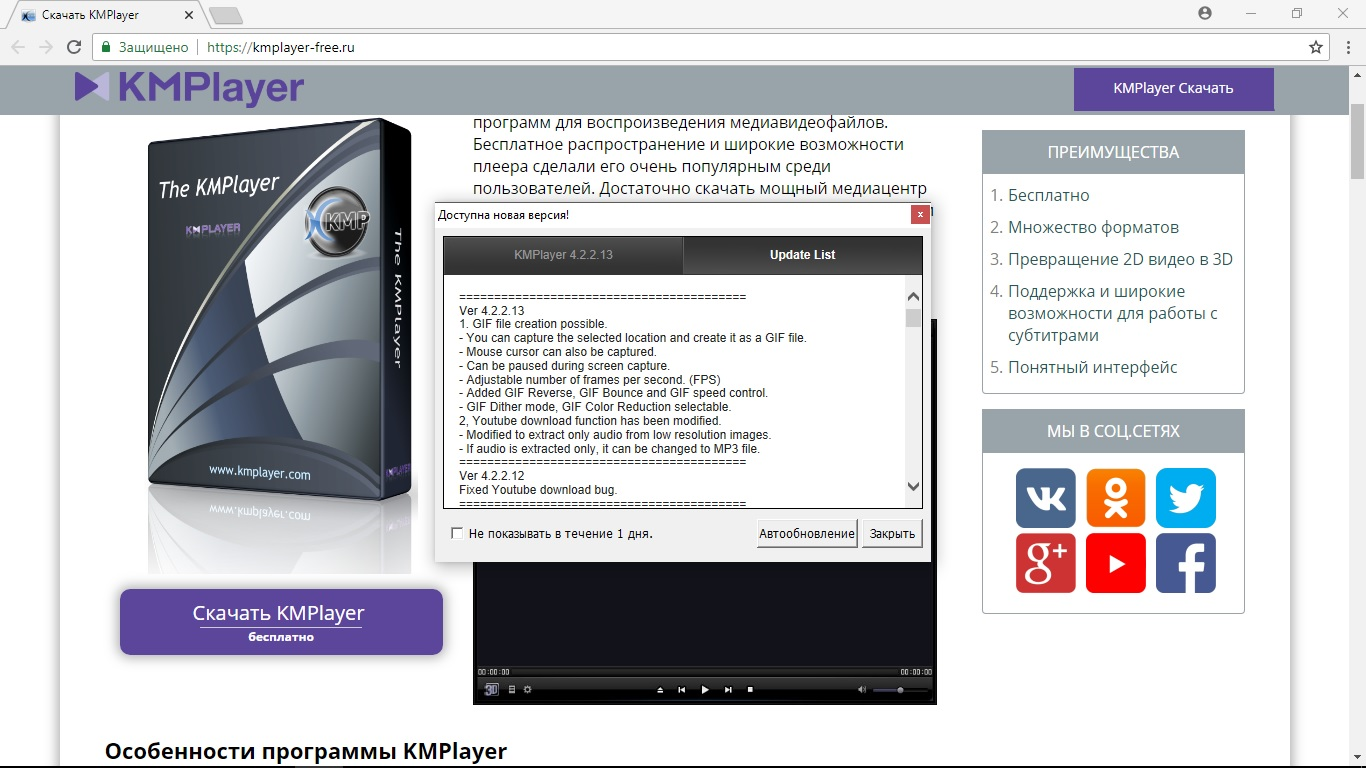

It was June 2015 when nine Black people were killed by a white supremacist at a Charleston, South Carolina, church.

More than 360 rallies backing the Confederate battle flag occurred shortly after June 2015 and through the end of that year. White nationalist organizations were also taking to the streets, energized by the activism of the broader political right opposing calls to remove Confederate memorials. Participants and spectators bonded over a perceived victimhood and claimed they were opposing violent leftists. At their core, these rallies were about propaganda.
#Accelerates efforts root out farright free#
These rallies promoted white nationalist conspiracy theories, while some members of the radical right pitched their rallies as a way to address a broad swath of right-wing grievances, concerns over free speech and conspiratorial beliefs that antifa posed an authoritarian threat to the nation.

Unsurprisingly, the movement saw an upswing in rallies and other activism. The radical right suddenly felt a connection to mainstream politics and a realistic hope of gaining political power, which drew more adherents – and a wider variety of adherents – to the movement. The rise of Trump, a political figure who relied on much of the same divisive rhetoric the far right has historically used to galvanize its membership transformed the political landscape. Members of the radical right favored suit-and-tie conferences and used the internet to spread their message, hoping it would bleed into the mainstream. For the boogaloo boys and similar groups, taking to the streets is not a return to the far-right politics of protests that the nation previously witnessed, but a shift toward more authoritarian, anti-democratic – and even violent – tendencies within the radical right.Īs this report demonstrates, there are two distinct periods of far-right activism within recent years, with the latest period harboring an increased threat of violence.īefore the Trump era, far-right public rallies were infrequent. Instead, they hope to exacerbate larger political tensions and push the country toward a second civil war. The boogaloo boys do not plan their own rallies and do not intend to act as an insurgent political force seeking mainstream power. These so-called accelerationists call for violence to speed the process along.įor example, while members of the far-right “boogaloo boys” took to the streets in 2020 during the nationwide protests sparked by the police killing of George Floyd, their aims are fundamentally different from radical right groups that did so during Trump’s candidacy and the early years of his presidency. Many have retreated from the streets entirely, joining more clandestine extremist cells that believe America’s multiracial democracy is headed for inevitable collapse. As a result, they have resorted to more authoritarian means of achieving their political goals. Those years represented a high point in the movement’s faith in the political process – a faith that has wavered as right-wing extremists have increasingly lost confidence in President Donald Trump. There were 74 of these events in 2017 alone, the SPLC found. The Southern Poverty Law Center (SPLC) has documented 125 rallies, marches and protests nationwide, which were organized and attended by far-right extremists, including white nationalists, neo-Nazis, Klansmen, the “alt-right,” and right-wing reactionaries during these three years. Between 20, Americans witnessed a major upswing in street mobilization by far-right groups, making it one of the most active periods of on-the-ground, extremist activity in decades.


 0 kommentar(er)
0 kommentar(er)
